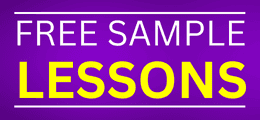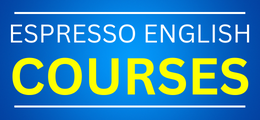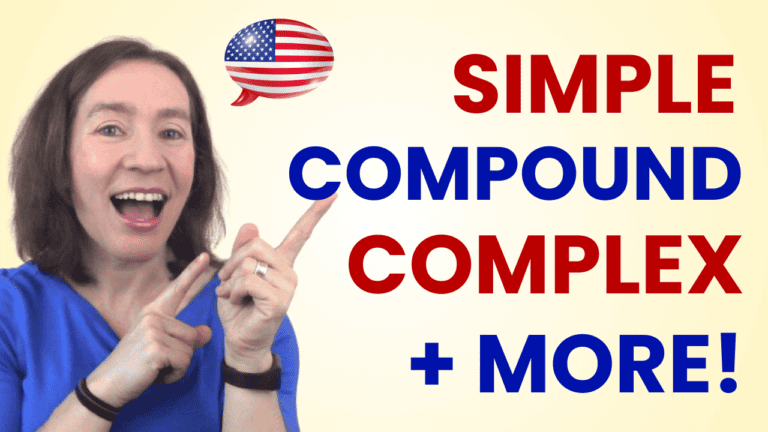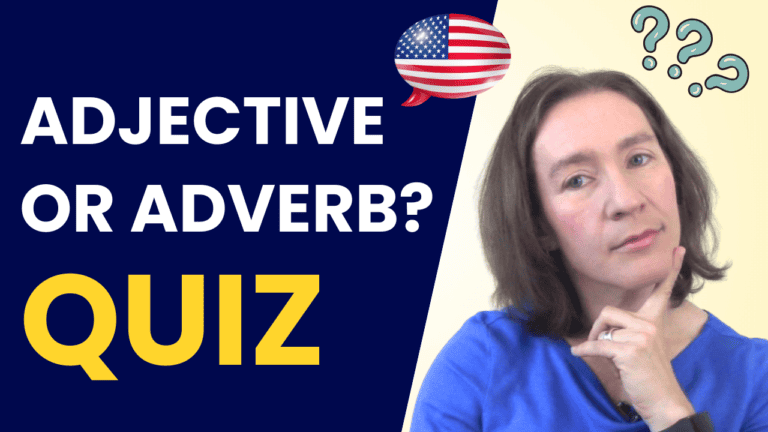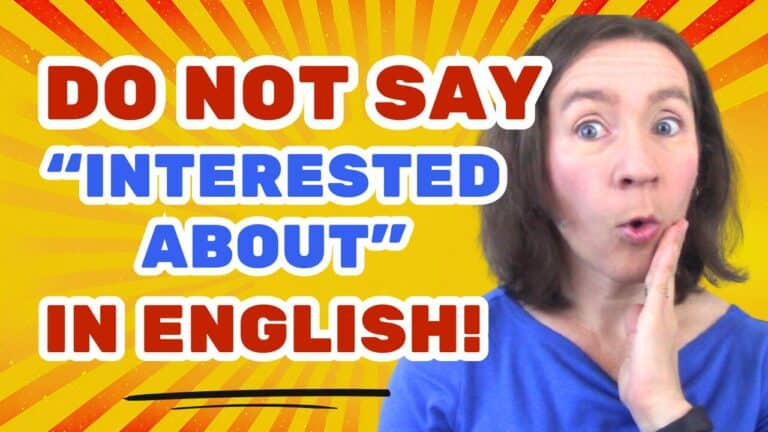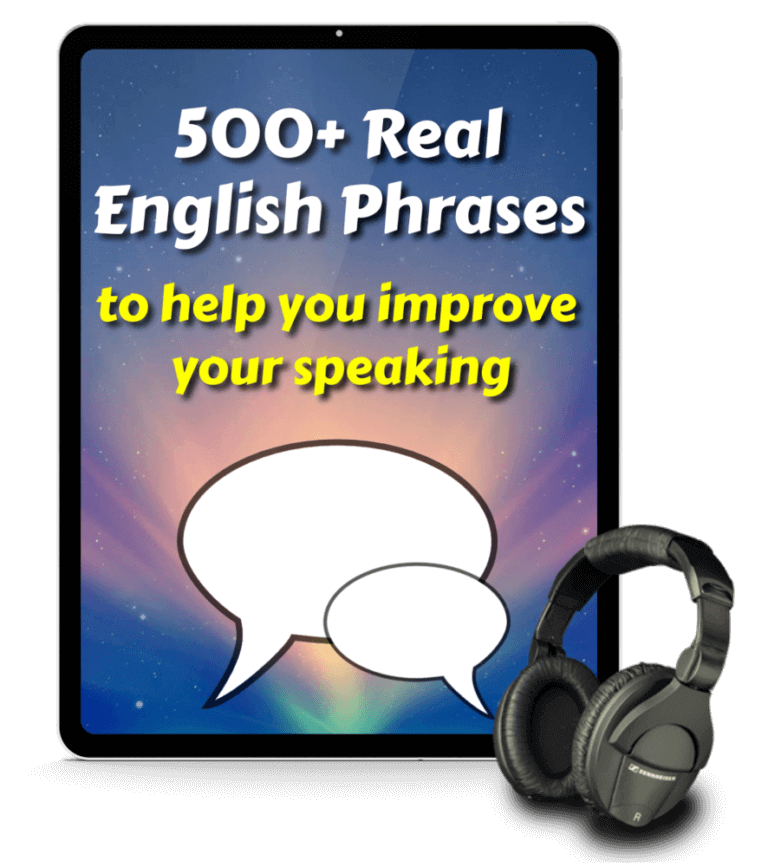
Espresso English Academy for English Learning
One of my students asked me what’s the difference between these two questions:
- “Does she have a car?”
- “Doesn’t she have a car?”
This is an excellent question because there IS a difference between positive questions like the first one, and negative questions like the second one. I’ll teach you about it in today’s lesson, and we’ll also cover question tags, like “She has a car, doesn’t she?”
But first I have a question for YOU – do you want to be a well-rounded English speaker?
That means someone who is good at ALL the areas of the language – speaking, listening, reading, writing, grammar, and vocabulary. You need all of those skills for fluency, and that’s why my Espresso English Academy for English learning has courses in every single area of the language. It’ll help you improve your skills all around in just 10-15 minutes a day.
The good news is that the Espresso English Academy is available at a 50% discount compared to buying all my courses individually – and the even better news is that you can divide up the payment over 3 or 6 months so it’s even easier to join! Click below to see everything included in my Espresso English Academy and find out how to sign up.
Positive questions vs. negative questions
The normal, positive question, using the word does: “Does she have a car?” is neutral. I don’t know if the answer is yes or no, and I don’t expect the answer to be yes or no. It’s simply a regular, neutral question.
The negative question, the version with doesn’t: “Doesn’t she have a car?” is used when I assume or expect the answer to be yes, and I’m only asking to check or confirm that I’m correct and make sure I’m not mistaken.
For example, if I saw this person driving a car two weeks ago, then I could ask, “Doesn’t she have a car?” because I assume the answer is yes.
But maybe I’m mistaken! Maybe the answer is, “Well she used to have a car, but she actually sold her car yesterday.”

We can form questions with any negative helping verb when we assume or expect the answer to be yes, but we still want to ask to check if we’re mistaken… or if we’re surprised when the situation appears different from the way we assumed it to be.
For example, the question, “Can you speak Spanish?” is a neutral question. The answer could be yes or no. I have no expectations about the answer. I really want to know if you can speak Spanish.
Now let’s imagine I had an American friend who lived in Spain for 10 years, and one day I ask him for the translation of a Spanish sentence, and he says he doesn’t know how to translate it. I would say, “What! Can’t you speak Spanish?” (negative question)
I assumed that since he lived in Spain for 10 years, he would have learnt the language, but maybe he didn’t pay attention or didn’t make the effort, so I ask, “Can’t you speak Spanish?” but maybe I’m mistaken and the answer is no.

Here’s an example with the verb “have.” Let’s say my brother is going on vacation. I could ask him, “Have you bought the plane tickets?” That’s a neutral question. He might say, “Yes I have” or “No, I haven’t bought them yet.”
Now let’s imagine it’s the day before the trip and my brother is completely stressed out because he doesn’t have the plane tickets. I would ask him, “Haven’t you bought the plane tickets?” because I’m just surprised; I’m shocked that he didn’t buy the tickets earlier than the day before. I assumed that the answer was yes, he had bought the tickets – but I’m surprised to find out the situation is different from what I expected.
So again, you can start a question with a negative auxiliary verb like doesn’t, isn’t, haven’t, aren’t, can’t, shouldn’t and many others when you assume that the answer to the question is yes (or you expect the answer to be yes) but you’re asking to confirm or to check if you’re possibly mistaken.
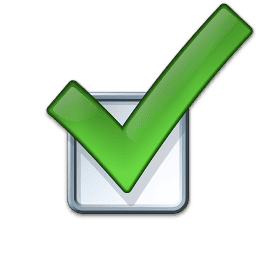
Negative Questions: Examples
Let me quickly show you a few more examples of negative questions with different helping verbs:
- Present simple: Don’t your kids like pizza?
- Present continuous: Aren’t the students studying for the test?
- Present perfect: Hasn’t she gotten a new job?
- Present perfect continuous: Haven’t you been practicing your English?
- Past simple: Didn’t he live in New York when he was a child?
- Past continuous: Weren’t you working late yesterday?
- Past perfect: Hadn’t you considered the consequences before you made the decision?
- Past perfect continuous: Hadn’t they been trying to lose weight last year?
- Future simple: Won’t you eat something before you leave?
- Future continuous: Won’t she be taking some time off next month?
- Future perfect: Won’t the plane have landed by 11PM?
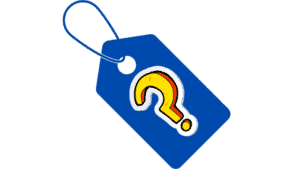
Question Tags
There’s another way to ask a question when you’re assuming that the answer is yes – and that is to use a question tag.
Here’s an example of a question tag: “She has a car, doesn’t she?”
This is actually a statement; “She has a car” with a question attached – “doesn’t she?”
Again, I’m expecting or assuming that the answer is yes but I’m asking just to confirm.
To form a question tag, we use a helping verb that is the same verb tense as the statement, but the opposite (positive or negative).
“She has a car” is a positive statement in the simple present. So we use the negative simple present – doesn’t – in the question tag.
If the main statement is negative, then the question tag would be positive, for example: He isn’t coming to the party, is he? The main statement is negative – isn’t – so we use the opposite form, the positive form, in the question tag – is he?
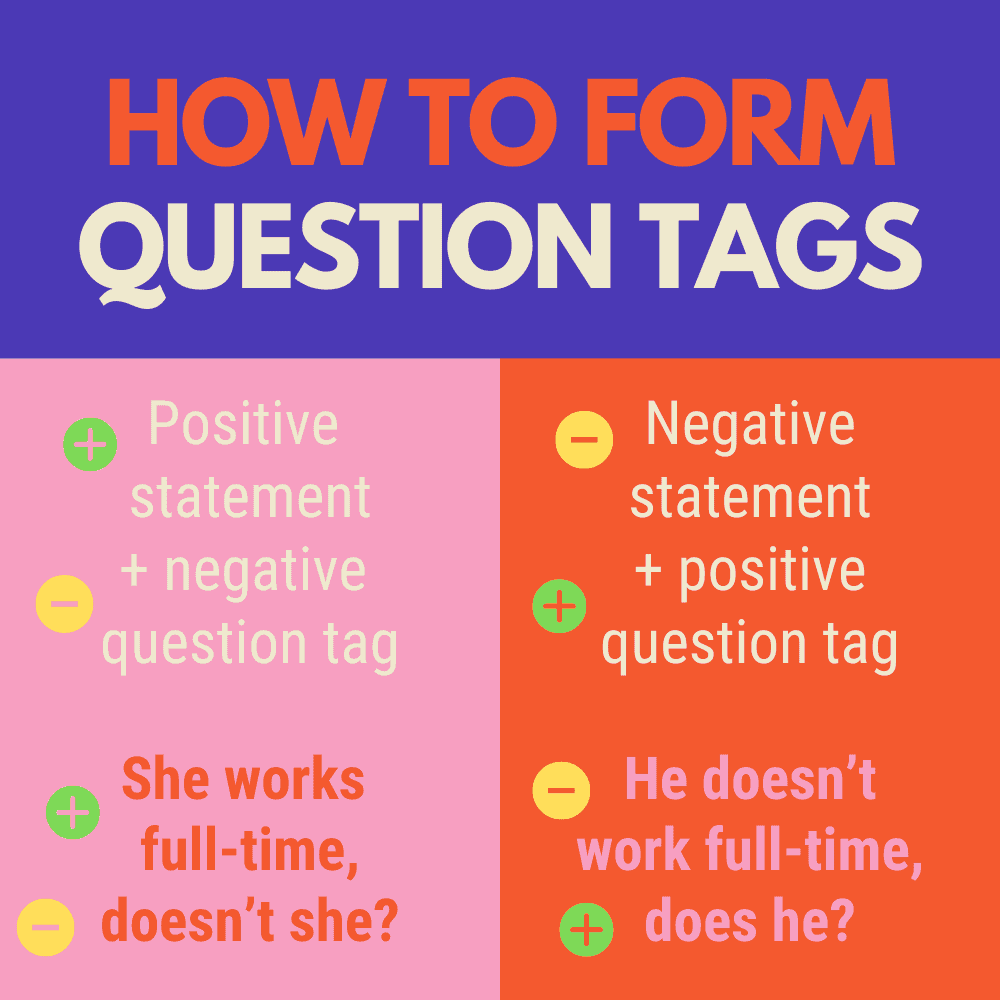
Question Tags: Examples in Different Verb Tenses:
Let’s look at more examples of question tags in different verb tenses:
- Present simple
She works full-time, doesn’t she?
He doesn’t work full-time, does he? - Present continuous
They’re studying hard, aren’t they?
They aren’t studying hard, are they? - Present perfect
You’ve finished your work, haven’t you?
You haven’t finished your work, have you? - Present perfect continuous
He’s been looking for a job, hasn’t he?
He hasn’t been looking for a job, has he? - Past simple
She did well on the test, didn’t she?
She didn’t do well on the test, did she? - Past continuous
I was talking too much, wasn’t I?
I wasn’t talking too much, was I? - Past perfect
You’d already eaten, hadn’t you?
You hadn’t already eaten, had you? - Past perfect continuous
They’d been considering moving, hadn’t they?
They hadn’t been considering moving, had they? - Future simple
We’ll go to the beach this afternoon, won’t we?
It’s raining. We won’t go to the beach this afternoon, will we? - Future continuous
You’ll be traveling tomorrow, won’t you?
You won’t be traveling tomorrow, will you? - Future perfect
Most of the students will have graduated by June, won’t they?
The students who are failing won’t have graduated by June, will they? - Modals
We could buy a car, couldn’t we?
We couldn’t buy a car, could we?
I should apologize, shouldn’t I?
I shouldn’t insult people, should I?
He would be willing to help, wouldn’t he?
He wouldn’t be willing to help, would he?
Now if you’re super confused by all these question tag forms, let me give you a little shortcut – a very simple way to ask for confirmation is just to add “…right?” at the end of your statement.
- She works full-time, right?
- He did well on the test, right?
- You’ll be traveling tomorrow, right?
You can do this with any verb tense.
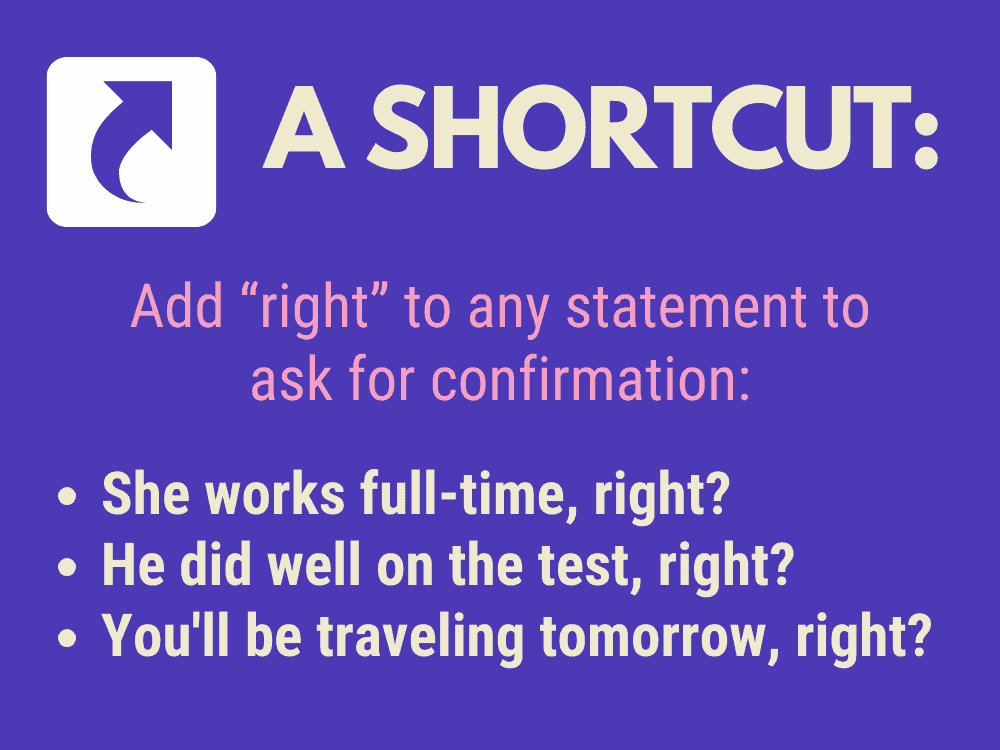
Question tags and intonation
There are actually two ways to use question tags, and it depends on intonation – whether your voice goes up or down at the end.
If I use a question tag with my voice going up at the end, that means I’m really asking a question to confirm.
But if I say a statement with a question tag and my intonation goes down at the end, that means I’m not really asking a question; I’m just making a statement that I expect the other person to agree with.
Intonation going up sounds like this: She has a car, doesn’t she?
Intonation going down sounds like this: It’s a beautiful day, isn’t it?
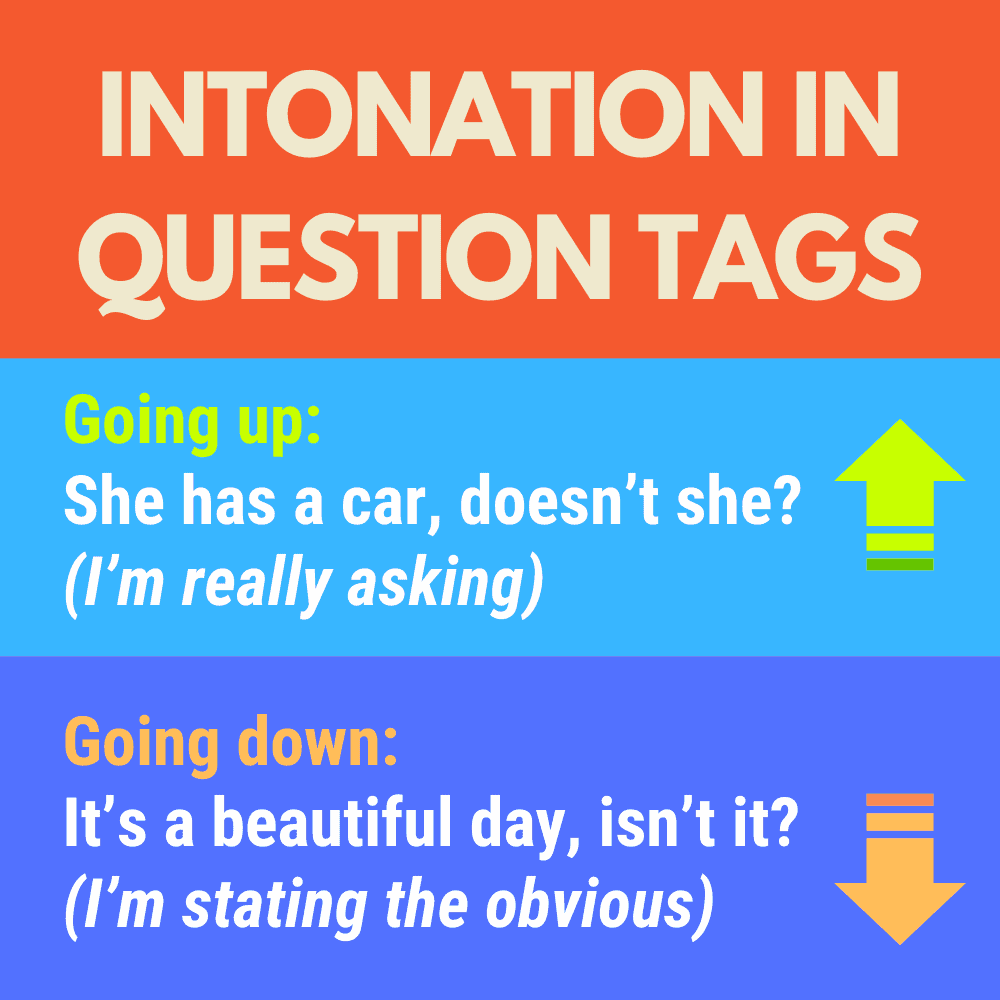
This means I’m not really asking you if it’s a beautiful day or not; I’m just making a statement that I expect you to agree with. We often use question tags like this, with intonation going down, when we state something obvious, but we also want to invite the other person to agree with us, respond and start a conversation.
So I might make this comment to someone at the park:
- “It’s a beautiful day, isn’t it?”
- And they could respond, “Sure is! I’m so glad it’s sunny after such a rainy week.”
- And then I could say, “Me too. I’m going to take my kids to the playground after school.”
- They might ask, “Oh, how old are your kids?”
And then we can continue the conversation from there.
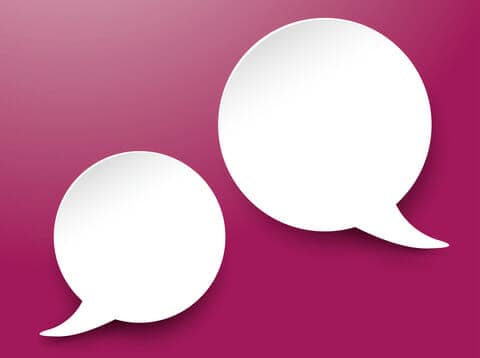
Another example: let’s say I’m at a conference for work, and we’ve just finished listening to a presentation. I could say to someone next to me,
- “That was a great talk, wasn’t it?”
- They could answer, “I thought so too. I especially liked the part where she described creative marketing strategies.”
- And I could say, “Definitely. I’ve actually tried some of those at my company, and here’s how it went…”
Review: Negative Questions & Question Tags
Let’s review the different forms of questions that we covered in today’s lesson:
- There’s the normal question; “Does she have a car?” Ask this question when you really want to know the answer; you’re neutral; you don’t know if the answer will be yes or no.
- Then there’s the form with the negative auxiliary verb; “Doesn’t she have a car?” Ask this question when you assume the answer to be yes but you’re just asking to check or confirm. You can also do this by using a question tag; “She has a car, doesn’t she?” Again, we expect the answer to be yes but we just want to confirm it and make sure we’re not mistaken.
- And finally, you can make a statement with the question tag that’s not really a question; it’s merely an obvious statement designed so that the other person will agree with you. For example; “It’s a beautiful day, isn’t it?” When we use the question tag in this way, our intonation goes down at the end instead of going up like a normal question.
So, now you’re ready to put it into practice, right? Go ahead and try writing your own negative questions and question tags – as many as you can – to really help you remember them.
Remember to check out my Espresso English Academy for English learning to get all my best lessons, that will help you improve every single area of your English!




